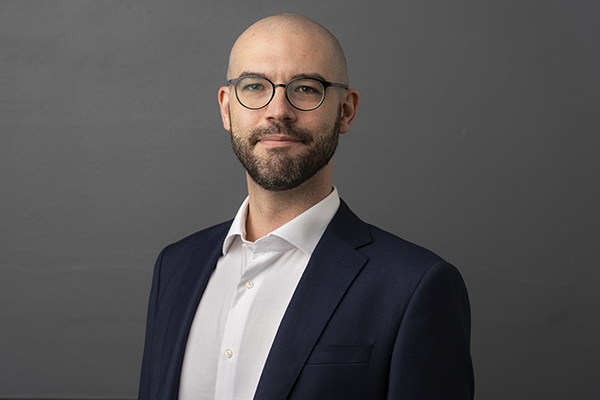Francesco Maria Valentino
Research leader

Project title
Illuminating the path to form massive galaxies in the early Universe
What is your project about?
Galaxies are enormous collections of billions of stars, nebulae of gas and cosmic dust, planets, black holes, and a mysterious “dark” matter. The most massive among them (10 times more than our own, the Milky Way) hold a special significance as the birthplaces of the first stars and metals after the Big Bang. As living beings, massive galaxies were born billions of years ago, grew over time by transforming gas into stars, and faded in a quiescent state when they stopped forming stars. However, despite decades of investigation, we still lack a coherent explanation of their prodigious growth (occurring 100-1000 times faster than the Milky Way) and of its sudden halt. My project aims at unveiling how these cosmic giants formed and evolved by studying their physical properties with some of the most powerful telescopes on Earth and in space.
How did you become interested in your particular field of research?
The science and physics classes that I had the luck to attend during my high school years ignited my fascination with these disciplines in my teenage years. Astronomy, in particular, possessed the ideal qualities to claim the title of my favorite subject: abstract, challenging, and imbued with profound meaning, yet firmly grounded in the tangible reality of instruments and telescope observations. As I would come to realize later, it also demands a substantial dose of creativity and independent thinking. Fifteen years after committing to an education and career in astronomy, I can confidently state that my expectations have been fully met.
What are the scientific challenges and perspectives in your project?
Astronomy stands out among the physical sciences because, in the majority of cases, our "experiments" involve observing phenomena without the ability to control variables or wait for celestial bodies to evolve over millions or billions of years. When delving into the study of galaxies, we must rely on our capacity to interconnect different populations of these systems observed at various points in the history of the Universe to reconstruct their formation and evolution. This poses a fundamental challenge for all projects in this field, including mine. Despite its complexity, this task is highly gratifying. The main perspective of my project is to be able to discern diverse paths of formation for the first massive galaxies through new observations of galaxies in the early Universe.
What is your estimate of the impact, which your project may have to society in the long term?
Beyond the immediate scientific circles, by unraveling the intricacies of how galaxies evolve over time, we contribute to fundamental knowledge about the cosmos. This knowledge, in turn, keeps inspiring advancements in technology, fuel scientific curiosity, and potentially lead to practical applications that benefit society. A deeper comprehension of galaxy evolution has the potential to stimulate interest in STEM fields, fostering a new generation of scientists and thinkers, and to enhance our perspective on Earth's place in the universe. The study of galaxy formation and evolution has the power to stimulate innovation, education, and a broader appreciation for the wonders of the cosmos, thereby leaving a lasting imprint on our collective knowledge and cultural consciousness.
Which impact do you expect the Sapere Aude programme will have on your career as a researcher?
The Sapere Aude program offers me the chance to return to Denmark, where the project originated. It also provides the opportunity to assemble a team of young scientists and researchers dedicated to working on the extensive dataset we are collecting. Leading this group and managing a broad, multi-year project represents the next step in my career that I have been actively pursuing. It will allow me to plan and consolidate my position in the field and in the country. I look forward to returning and getting started on this exciting program.
Background and personal life
I come from a small town close to the Alps in Italy. I moved to Padua and then Paris study astronomy and physics in two of the oldest universities of the Western world. I obtained my PhD at the Commissariat à l’Énergie Atomique (CEA-Saclay) in France and started my post-doctoral career as Dark and Dawn Fellow at the Niels Bohr Institute in Copenhagen. I prolonged my staying at the university with a Fellowship awarded by the Carlsberg Foundation. Since 2022, I have been employed at the European Southern Observatory in Germany, the largest astronomical institution in the continent building and managing telescopes in the Southern hemisphere.
View all research leaders here
Research institution
Technical University of Denmark
Research field
Astronomy & Astrophysics
City of your current residence
Munich (Germany)
